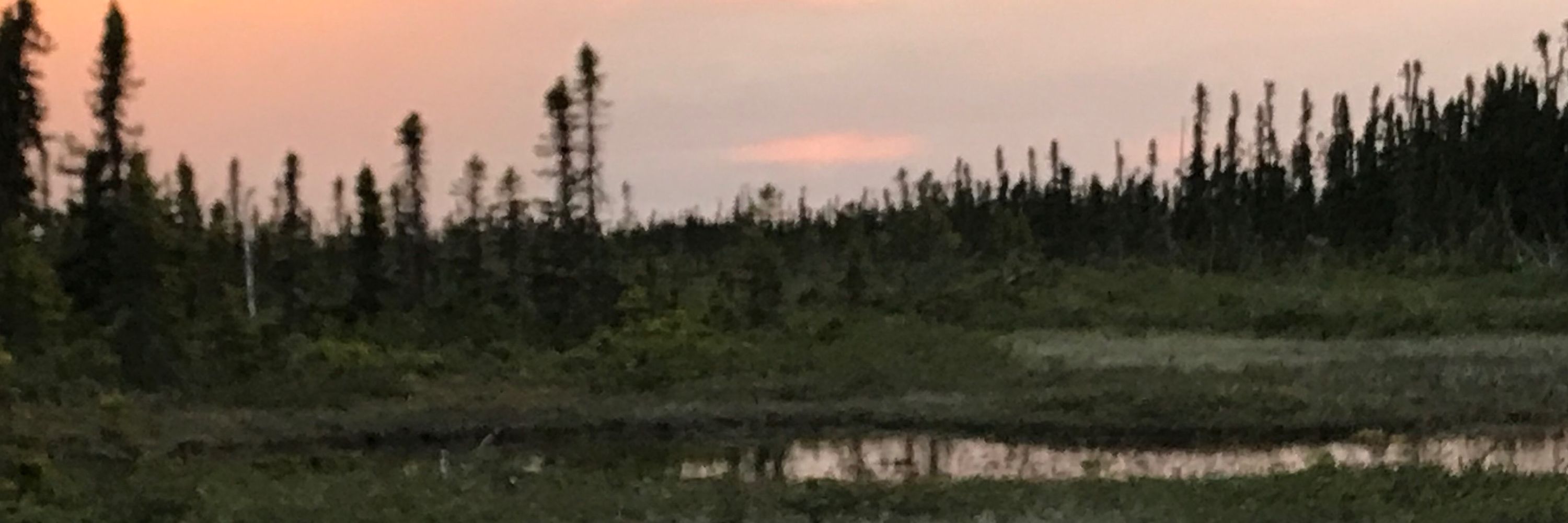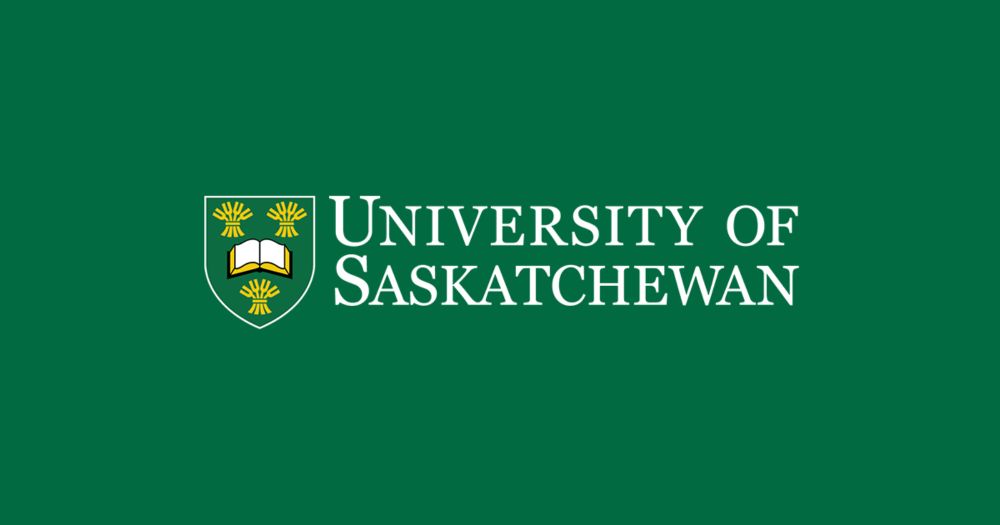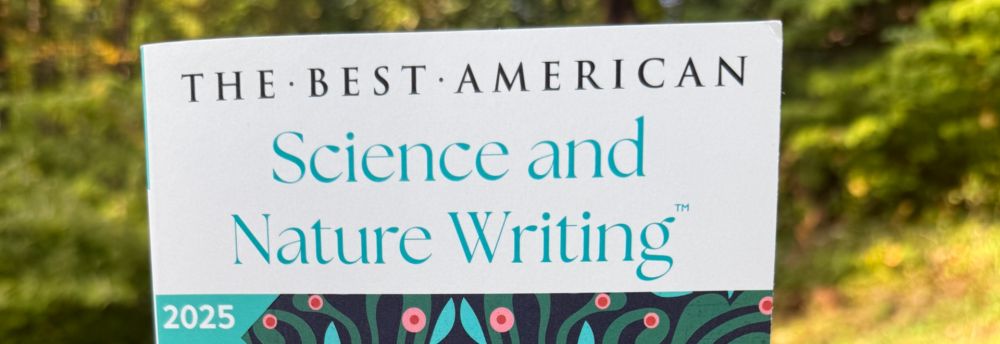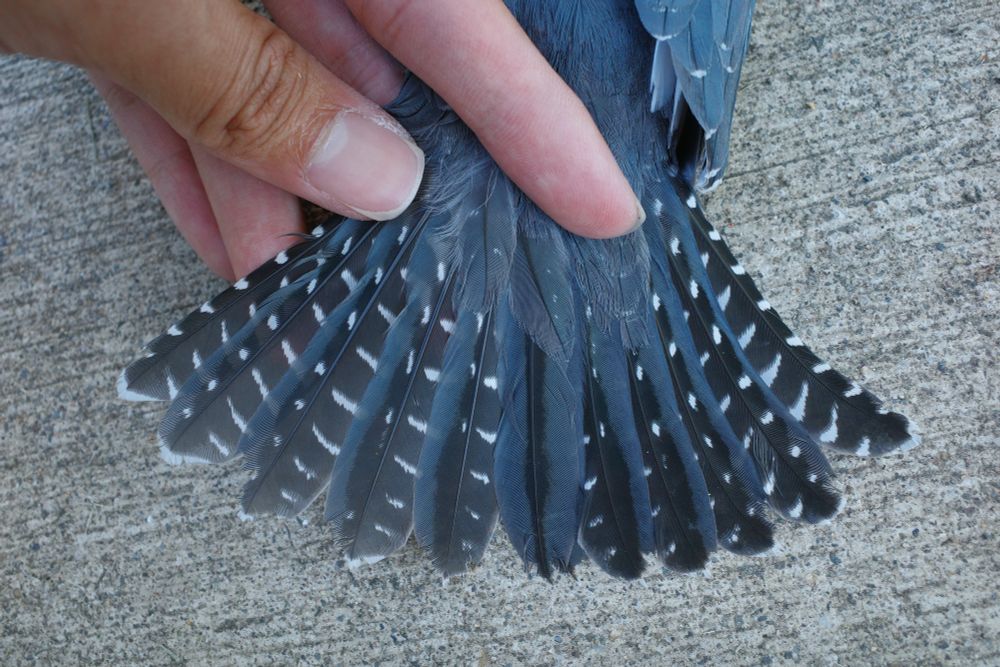Nathan Senner
@drgodwit.bsky.social
390 followers
400 following
47 posts
Mass Audubon Bertrand Chair for Ornithology in Dept. Environmental Conservation at UMass Amherst. Fan of all things godwits. Oh, and other birds, and ecology, and evolution, and just cool science generally.
Posts
Media
Videos
Starter Packs
Reposted by Nathan Senner
Reposted by Nathan Senner
Reposted by Nathan Senner
Reposted by Nathan Senner
Reposted by Nathan Senner
Reposted by Nathan Senner
Reposted by Nathan Senner
Reposted by Nathan Senner
BOU
@bou.org.uk
· 8d

Latitude‐specific responses of European birds' population growth rates to temperature and water availability
Climate limits distribution of species and shows considerable regional variability. However, studies relating climate variation to species population growth rates in different climatic zones while ac...
nsojournals.onlinelibrary.wiley.com
Reposted by Nathan Senner
Reposted by Nathan Senner
Reposted by Nathan Senner
Reposted by Nathan Senner
Reposted by Nathan Senner
Reposted by Nathan Senner
Reposted by Nathan Senner
Reposted by Nathan Senner
Reposted by Nathan Senner





















